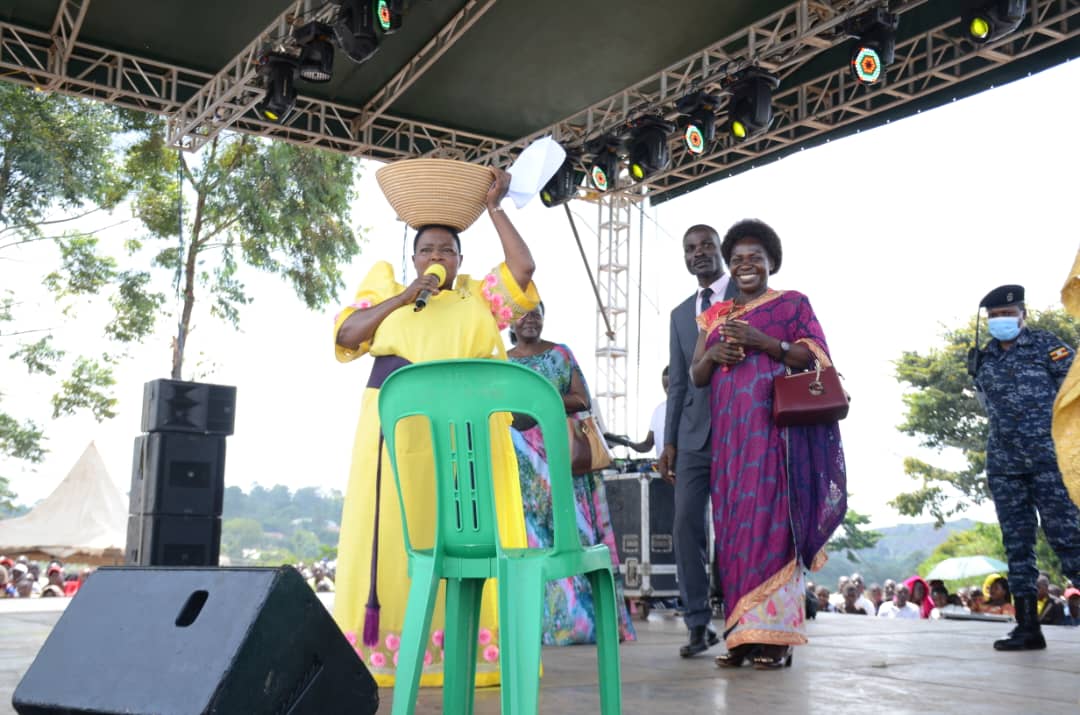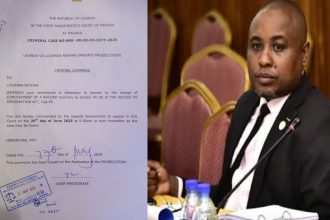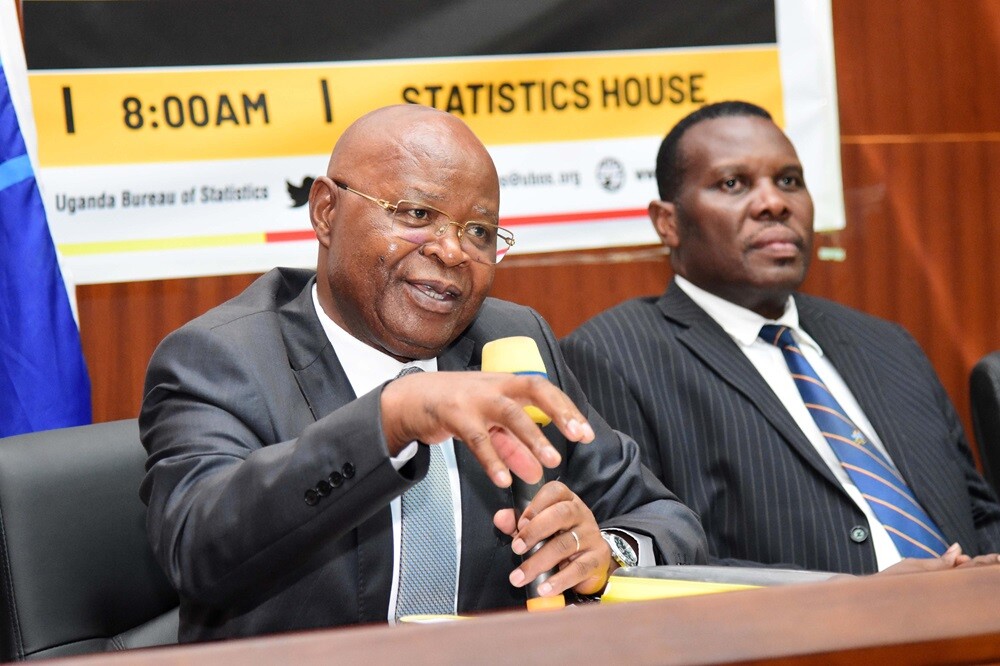(Kampala) – A recent report reveals that over half of Uganda’s youth, aged 18 to 30, are not engaged in employment, education, or training. This statistic is raising concerns among policymakers and experts who have stressed the need for urgent reforms and support.
The 2024 National Population and Housing Census report, released earlier this month, shows that 51% of Uganda’s young adults are classified as NEET—neither in employment, education, nor training. According to the report, this status highlights the economic and social challenges Uganda’s youth are facing, limiting their access to personal and professional growth opportunities.
The census data also shows that 35% of Ugandan youth are currently employed, while only 12% are still in school. This NEET classification, often used as an indicator of social and economic isolation, underscores the urgent need for targeted policies to address youth unemployment and underemployment.
| Youth Activity Status in Uganda (Aged 18-30) | Percentage |
|---|---|
| In Employment | 35% |
| In School | 12% |
| NEET (Not in Employment, Education, or Training) | 51% |
The regions of Bukedi, Lango, and Karamoja have the highest rates of NEET youth, with figures reaching 61-62%. These findings reflect the disparities in educational and employment opportunities across different regions. Gender and location differences are also notable, as males (15%) and urban youth (13%) are more likely to attend school, while females (58%) and rural youth (55%) have higher rates of inactivity.
The report additionally reveals that 56.7% of the total population falls within the working-age group, and of these, only 38% are currently employed. The employment-to-population ratio, which measures the percentage of the working-age population that is employed, is higher for men (43%) compared to women (33%). Meanwhile, the national unemployment rate stands at 12.6%, with females facing a higher rate (15%) compared to males (11%).
| Unemployment and Employment Stats | Percentage |
|---|---|
| Working-Age Population (Total) | 56.7% |
| Employment-to-Population Ratio | 38% |
| Unemployment Rate (National) | 12.6% |
| Unemployment Rate Among Youth | 16% |
| Female Unemployment Rate | 15% |
| Male Unemployment Rate | 11% |
Experts are now calling on the government to realign its priorities and provide practical solutions for the country’s young population. Prof. Morris Ogenga Latigo, a prominent figure in Uganda’s political landscape, suggested that the government re-evaluate policies like Universal Primary Education (UPE). He explained that while UPE has improved enrollment numbers, its practical outcomes are lacking. Prof. Latigo argued that Uganda’s youth need training in skills that allow them to become economically self-reliant, especially in fields such as agriculture.
In line with these suggestions, Dr. Jotham Musinguzi, the Director General of Uganda’s National Population Council, warned that Uganda’s growing young population will require substantial investments in education and healthcare. He emphasized the importance of adolescent health and education for Uganda’s global competitiveness. According to Dr. Musinguzi, without these investments, Uganda could face even greater challenges as young people struggle to find employment and improve their quality of life.
Finance Minister Matia Kasaija, while addressing Kampala’s youth recently, pointed to government programs like the Parish Development Model, Emyooga, and Youth Livelihood as resources for young people seeking economic opportunities. He urged youth to take advantage of these initiatives rather than turn to crime out of desperation. Kasaija’s message was supported by Prof. Augustus Nuwagaba, who also encouraged youth engagement in legal and productive activities to combat unemployment.




















